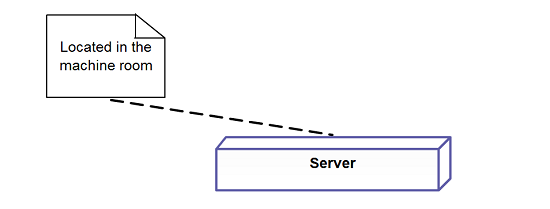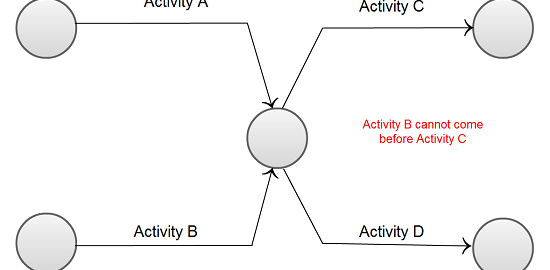This is the final post in this series, which was first kicked off last week. Just to remind you where we left off in Part 1; we talked about various UML building blocks, such as Things and what it encompasses. Things are further subdivided into (a) Structural, (b) Behavioral, (c) Grouping and (d) Annotational. In Part 2, we carried on our discussion of Things while leaving the aspects of Relationships and Diagrams to be explained in this final post.
RELATIONSHIPS
One of the most important building blocks of UML is the Relationships that are depicted in a UML diagram. Relationships tell us what elements are associated to each other. This type of association describes the particular functionality of applications. The different types of relationships are listed below.
(a) Dependency
This is a relationship that exists between two things where a change in one element may affect the other one.
(b) Association
This is a set of links, which connects elements of a UML model. This type of relationship also illustrates how many instances of an object are involved in that relationship.
(c) Generalization
A Generalization is defined as a relationship that makes a connection between a specialized element and a generalized element. This describes an inheritance relationship within the world of objects whereby a specialised object will inherit the behaviours and properties of the generalized parent object.
(d) Realization
A Realization is somewhat different from the relationships mentioned above and depicts the relationship between an interface and an implementation of a class. A responsibility is described by one element while the other implements it.
UML DIAGRAMS
What we have discussed in Part 1 and Part 2 of this series is beneficial if you are about to draw UML diagrams; all the various elements and relationships that have been highlighted thus far are utilized to complete a UML diagram.
So now where do we go from here? The answer is back to another two-part series that was posted close to a month ago. This series will offer you a detailed look into UML diagrams and its subcategories i.e. Structural Diagrams and Behavioural Diagrams. Ideally both these two series of articles will cover the length and breadth of UML diagrams. If you haven’t read it already, you can embark on that knowledge-infused journey, right here. :0)









[…] just finished with Part 1, Part 2 and Part 3 on the basics of UML diagramming. We now have a two-part series on Flowcharts. This is a very […]